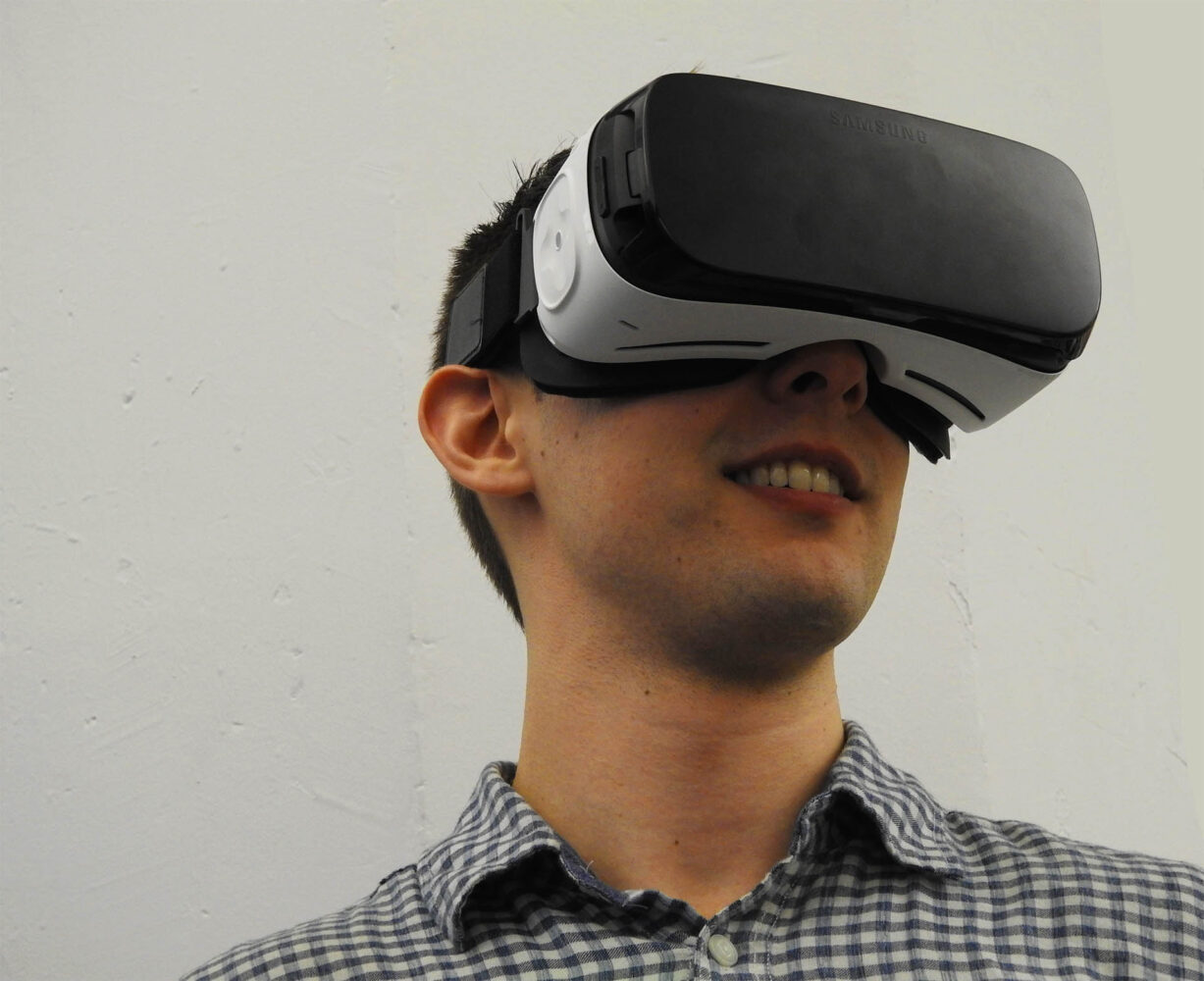If you’ve seen Ready Player One, then you’re probably anticipating the complete takeover of virtual and augmented reality technology.
Although we’re a long ways away from the 24/7 use of this technology, VR and AR media consumption is becoming a popular outlet. We’re here to break down the current state of VR and AR video advertising.
Rise of VR and AR
The user rate for both virtual and augmented reality will continue to grow over the next few years. Check out this stat from eMarketer and IAB:
There will be 36.9 million users of VR in 2018. That number is expected to increase 70 percent in two short years. AR will have 51.2 million users in 2018 with an expected increase of 32 percent by 2020.
eMarketer
As the user rate grows, more companies will explore their VR and AR advertising options. YouTube announced last month that they are bringing YouTube VR to Samsung Gear, making them the go-to video platform across multiple platforms. YouTube VR is already available on Daydream View, HTC Vive, and Playstation VR.
Current Challenges
Despite VR and AR growing as a lucrative advertising space, there are a few restraints caused by the current technology that advertisers must overcome.
- Cost of consumer entry: Today, the cheapest headset costs around $300. The cost of hardware will eventually decrease, but for now advertisers have to wait until the average consumer can get an affordable headset to reach the full potential of VR/AR advertising.
- Difficulty of measuring success: Right now there isn’t standardized reporting for VR/AR advertising success. Since VR/AR is a new way of consuming media, it will take the industry some time to establish key metrics.
Video Advertising Tests
Tests are currently being done to find the best way of utilizing video advertising for VR and AR devices.
- Video Cube: Google is testing a ‘video cube’ feature for their virtual reality apps. When you look at the cube for a few seconds, a video player opens and plays your ad.
- 360-degree VR ads: 5-10 second video ads are being tested during video content. These ads garner a viewability of 100%, since they take up the users’ entire surroundings.
Future of VR/AR Advertising
As the popularity of VR hardware and AR applications continues to rise, so will innovative ways to advertise with this technology. Here are a few ways advertising can embrace VR/AR based on current advertising possibilities: of utilizing video advertising for VR and AR devices.
- Location extensions: Today, ads for brick-and-mortar stores will show you the address of their closest location. Retail companies are already leveraging VR/AR technology for purchasing products and services by showing consumers what the finished result will look like. In the future, don’t be surprised if location extensions will direct you to the closest retail location when you’re trying on new clothes in a virtual dressing room.
- Headset targeting: Not sure if you want to buy a piece of furniture you’re looking at online? What if a 3D model presented itself to you the next time you put on your VR headset? Just like how cookies are currently used now to follow consumers along their purchase journey online, don’t be surprised if the future of VR/AR advertising includes tracking a customer’s journey in virtual reality.
The possibilities of advertising for virtual and augmented reality is endless, and pretty soon every advertiser will be thinking of new ways to reach this new audience.
